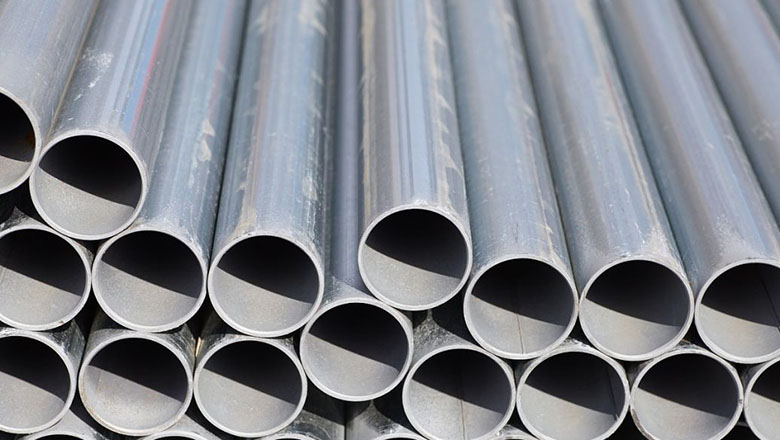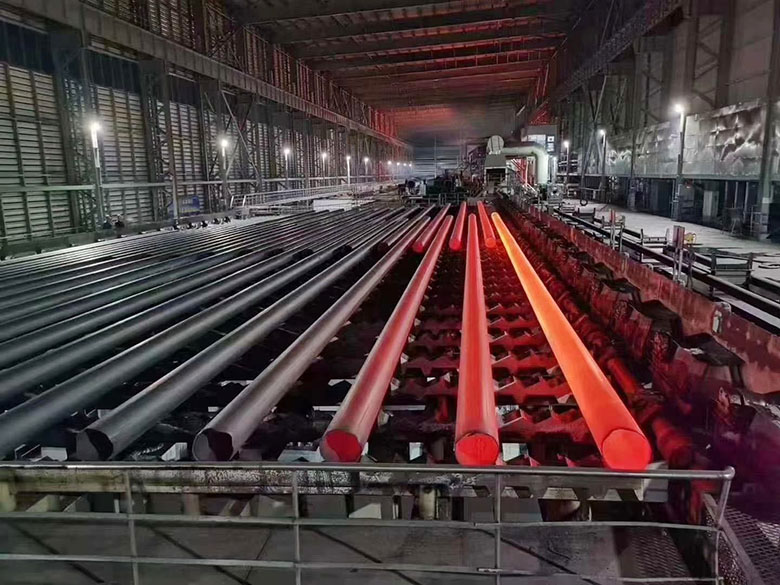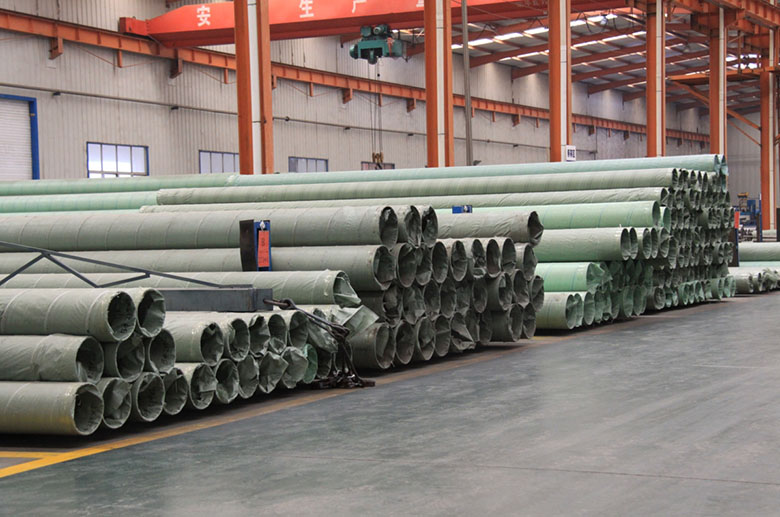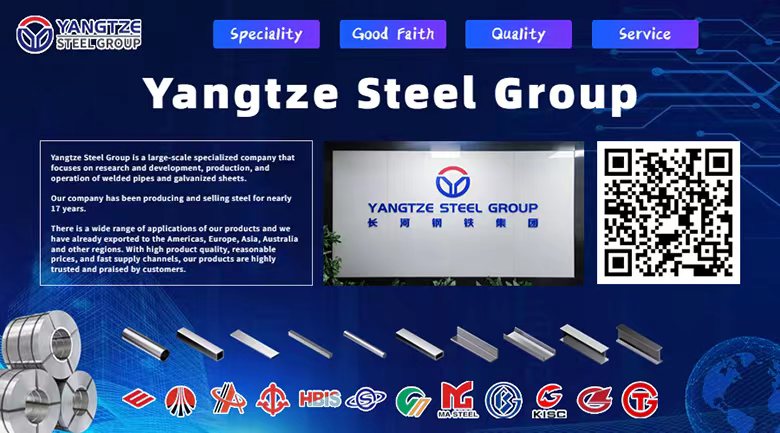Thick wall seamless steel pipe details
Thick-walled seamless steel pipe is a long steel product with a hollow cross-section and no seams around it. According to the production method, it can be divided into hot-rolled pipes, cold-drawn pipes, extruded pipes, etc. The following is detailed information about thick-walled seamless steel pipes:

1. Wall thickness: The wall thickness of thick-walled seamless steel pipes is relatively large, generally more than 20mm, and up to several hundred millimeters. The choice of wall thickness depends on the use occasion and load-bearing requirements. In high pressure, high temperature or corrosive environments, thicker pipe walls need to be selected to ensure safety.

2. Outer diameter and inner diameter: The outer diameter and inner diameter of thick-walled seamless steel pipes vary according to usage requirements. Generally speaking, the outer diameter is 10~100mm and the inner diameter is 20~80mm. The size of the outer diameter and inner diameter will affect the load-bearing capacity and fluid flow performance of the pipe.
3. Length: The length of thick-walled seamless steel pipes is generally 3~12m. Welded steel pipes or straight seam resistance welded pipes can be used for shorter pipes, while seamless steel pipes are required for longer pipes.

4. Chemical composition: The chemical composition of thick-walled seamless steel pipes varies according to different materials. Common materials include carbon steel, alloy steel, stainless steel, etc.
5. Production process: The production process of thick-walled seamless steel pipes mainly includes raw material preparation, heating, perforation, rolling, heat treatment, testing, packaging and delivery.
In addition, thick-walled seamless steel pipes have the characteristics of high strength, corrosion resistance, high temperature and pressure resistance, etc., and are suitable for various high pressure, high temperature, low temperature, strong corrosion and other occasions. They are widely used in the petroleum industry, chemical industry, electric power, aviation, water conservancy, etc. field.









